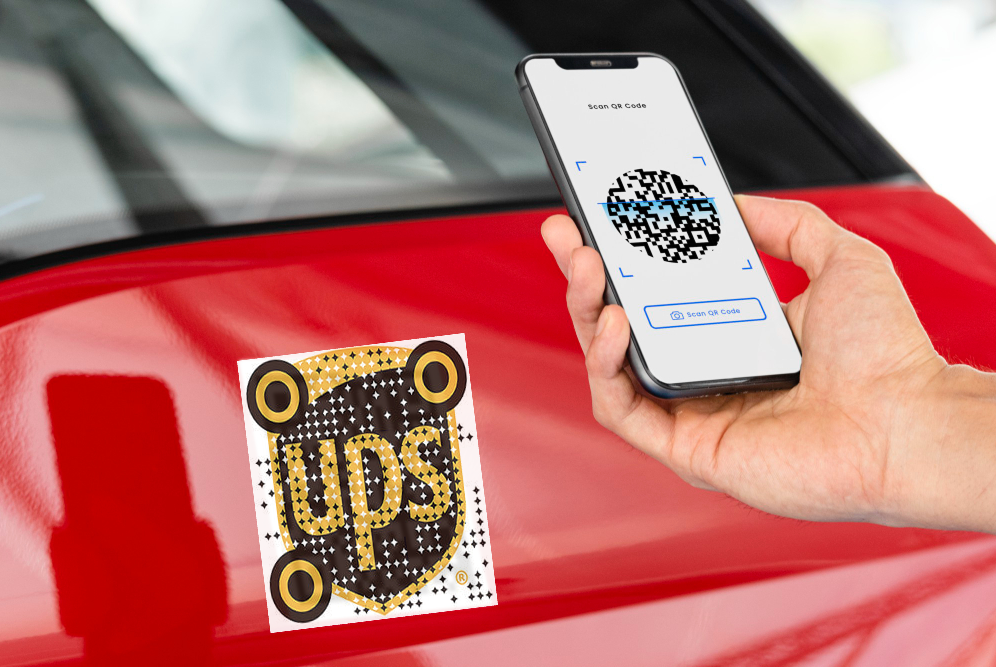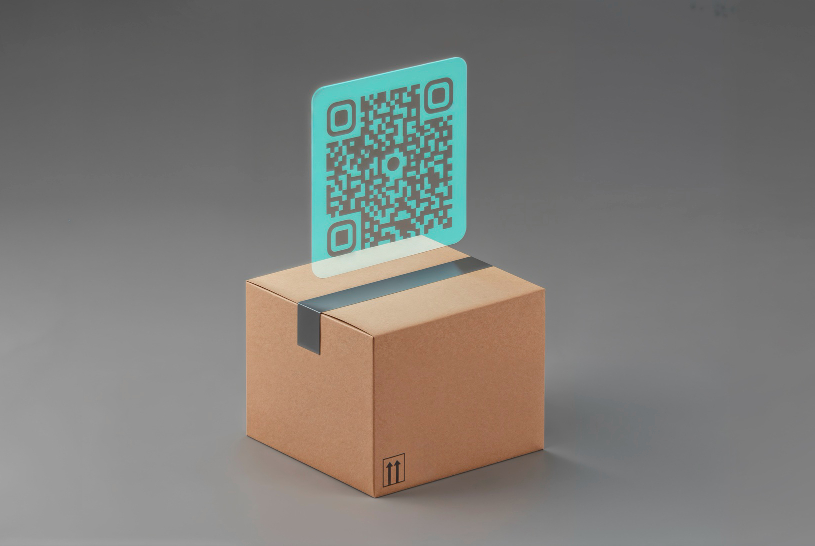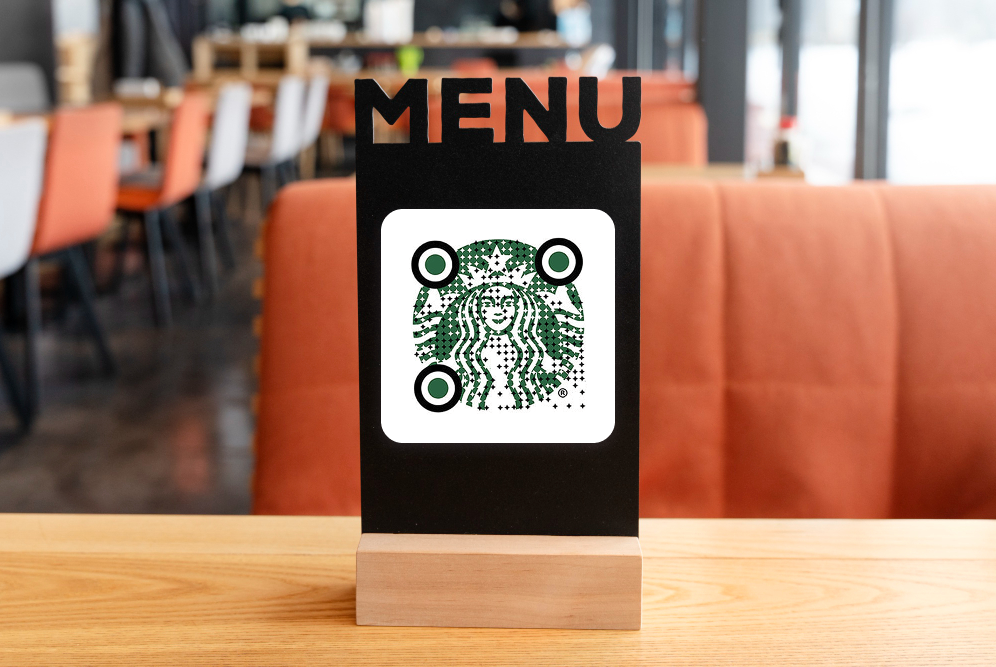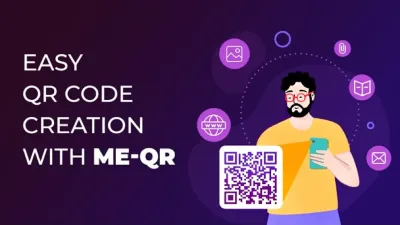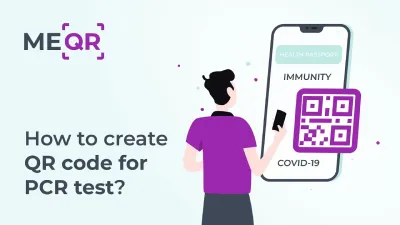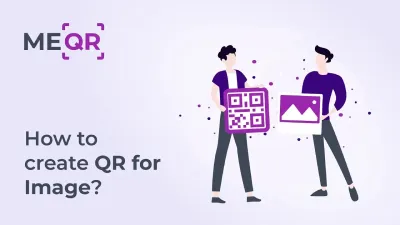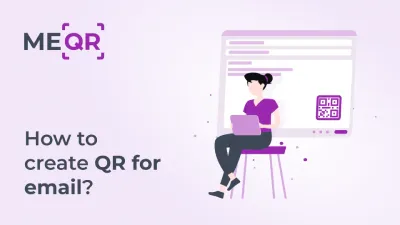The Rise of QR Codes on Food Packaging
QR codes on food packaging have gained significant traction as a tool for enhancing consumer experience and promoting food safety. These codes are unique in their ability to store substantial amounts of information within a small, square graphic, allowing manufacturers and retailers to convey crucial details to consumers in a convenient and efficient manner.





